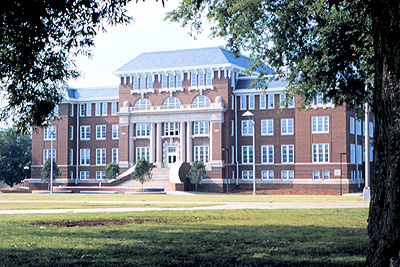Mississippi State University 2006
From 2006.igem.org
(Difference between revisions)
| Line 32: | Line 32: | ||
|width=325px style="padding: 5px; background-color: #ffffff; border: 2px solid #993300;" | | |width=325px style="padding: 5px; background-color: #ffffff; border: 2px solid #993300;" | | ||
| - | <h3>Project Abstract | + | <h3>Project Abstract</h3> |
* "H2 Reporter Using E. coli" | * "H2 Reporter Using E. coli" | ||
Revision as of 20:38, 13 June 2006
Welcome to [http://www.msstate.edu Mississippi State University!] |
The TeamFaculty Members:
Students:
|
Project Abstract
To Do List
|
Introduction
|
- Overview of project(s), including schematics and figures
- Ongoing data/updates about project(s), including schematics, figures, test data, and biobrick parts used
- Some photos of your team, facilities, institution, etc.
- Optionally, anything that broadcasts your team's personality, spirit, sense of fun, or coolness...

